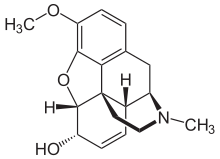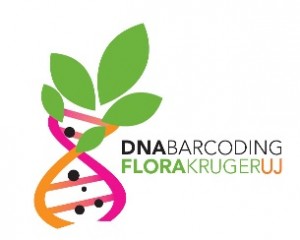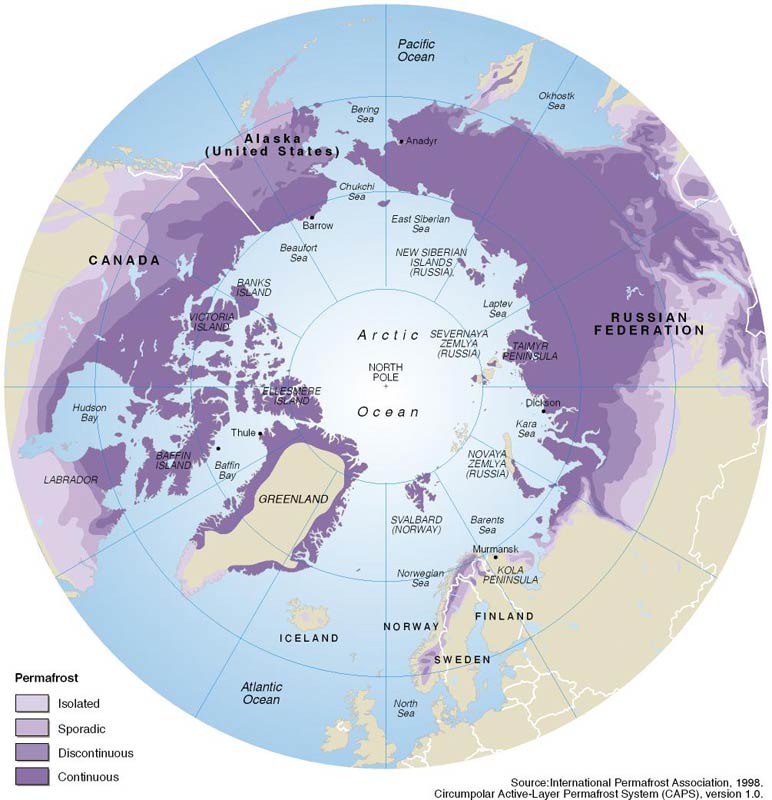Recent study led by Dr. Michael A. Grandner, instructor and member from the Center for Sleep and Circadian Neurobiology at the University of Pennsylvania, shows that certain dietary nutrients may be associated with a person’s sleep pattern; specifically, in terms of the duration of sleep.
In fact, from the statistical analysis, the research team found that many of the differences were largely driven by several significant, key contributing nutrients:
- Water
- Lycopene (commonly found in tomatoes)
- Carbohydrates
- Vitamin C
- Theobromine (commonly found in chocolate)
- Dodecanoic acid / Lauric Acid (commonly found in coconuts and palm kernel oil)
- Choline (commonly found in eggs and fatty meats)
- Selenium (commonly found in nuts, meat and shellfish)
- Calcium
- Magnesium(commonly found in broccoli and nuts)

Based on their research findings, Grandner found that people who have very short sleep (less than 5 hours) tend to have lower intakes of water, lycopene, carbohydrates, those with short sleep (6 hours) have lower vitamin C, water, selenium and those with long sleep (more than 9 hours) have lower intakes of theobromine, dodecanoic acid, carbohydrates and choline.
With midterms still ongoing and those dreaded finals coming up, for those of us who fall under the short or very short sleep categories, perhaps by reading this blog post you might start reconsidering your daily diet and foods that you should add in or perhaps even take out.
Did you know that sleep deprivation is also known to be associated with obesity, metabolic dysregulation, cardiovascular diseases, psychiatric illnesses and performance deficits?
So, the next time when you’re having a bad morning from not sleeping enough, you should also reflect back to what and how have you been eating lately.

























